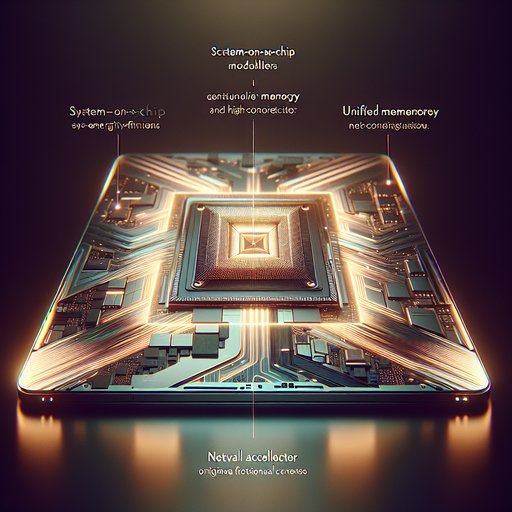
In a significant finding in 2017, astronomers identified a rare Hoag-type galaxy using the Hubble Space Telescope. Named PGC 1000714, this galaxy, located 359 million light-years away, features a unique structure with two concentric rings of stars surrounding a central core, challenging conventional theories of galactic formation.
The newly discovered galaxy, named PGC 1000714, is unique due to its distinct structure. Unlike typical galaxies, it features two concentric rings surrounding a central core, a formation that has left astronomers intrigued. The outer ring of PGC 1000714 is relatively younger, with a blue hue indicating the presence of younger stars. The inner ring, on the other hand, is predominantly red, suggesting older stars.
This unusual configuration is challenging existing theories about the formation and evolution of galaxies. This dual-ring configuration, seen in only 0.1% of galaxies, may result from galactic collisions or accretion processes, offering astronomers a unique opportunity to study galaxy evolution. The discovery of PGC 1000714 is significant as it provides a unique opportunity to study the processes that lead to the formation of such unusual galaxies. It also opens up new avenues for understanding the complexities of the universe. As astronomers continue to explore the universe, discoveries like PGC 1000714 underscore the vastness and diversity of the cosmos.
Each new finding brings us one step closer to unraveling the mysteries of the universe, providing a deeper understanding of our place within it. While not among Hubble's earliest discoveries, the 2017 observation of PGC 1000714 underscores the telescope's ongoing role in revealing the universe's diversity. Such findings deepen our understanding of cosmic structures and our place within the vast cosmos.























































